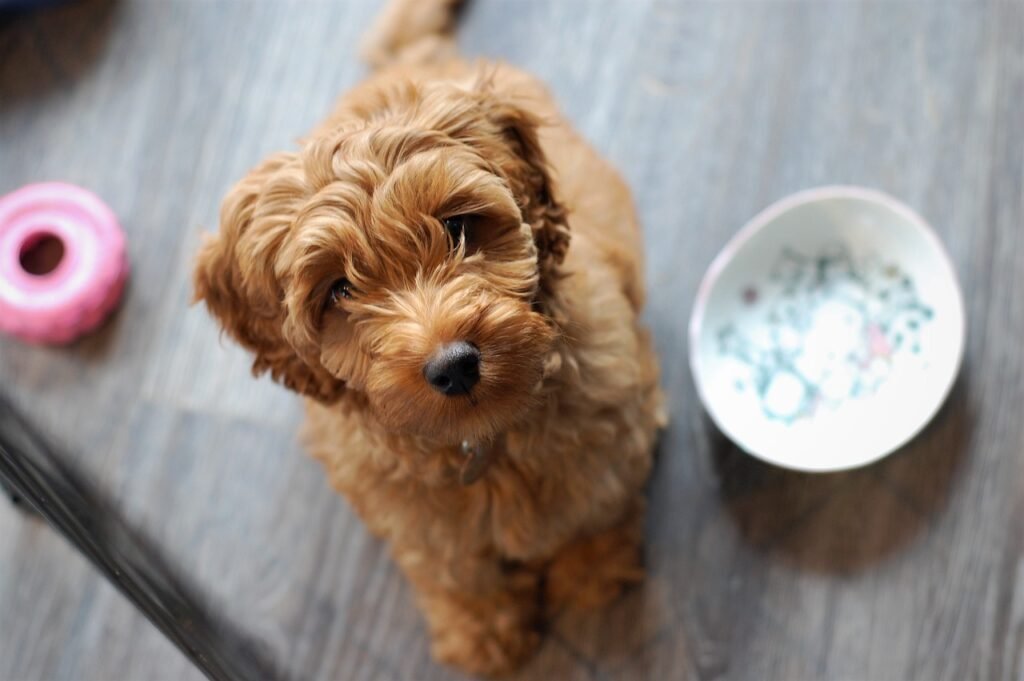
Designer Dog Breeds 101: The Trendiest Canine Companions Explained
The world of dog breeding has witnessed a remarkable phenomenon in recent years – the emergence and popularity of designer dog breeds. These unique canine companions, created by intentionally crossbreeding two different purebred dogs, have captivated the hearts of dog lovers worldwide. From Labradoodles to Cavapoos, designer dog breeds offer a blend of desirable traits and unique appearances. In this article, we delve into the fascinating world of designer dog breeds, exploring their origins, characteristics, and the factors to consider when choosing one as your faithful furry friend.
1. Introduction: The Rise of Designer Dog Breeds

The Evolution of Designer Dog Breeds
Move over purebreds, there’s a new trend in town – designer dog breeds! These delightful pups are the result of carefully planned crossbreeding between two purebred parents. It all started back in the 1980s, when breeders began mixing different breeds to create dogs with specific traits and temperament. Since then, the popularity of designer dog breeds has skyrocketed, with people falling head over paws for these unique and oh-so-cute companions.
The Appeal of Designer Dog Breeds
So, what’s the big deal with designer dog breeds? Well, it’s all about getting the best of both worlds. These adorable hybrids often combine the desirable traits of their purebred parents, creating a breed that is hypoallergenic, low-shedding, friendly, and intelligent. Plus, let’s not forget about their undeniable cuteness factor! Designer dog breeds offer a fresh and fashionable alternative to traditional purebreds, making them a popular choice among dog lovers looking for something a little different.
2. Understanding Designer Dog Breeds: What Sets Them Apart?
Defining Designer Dog Breeds
Designer dog breeds, also known as hybrid dogs, are the result of breeding two different purebred dogs. Unlike mutts, which are a mix of various breeds without a clear lineage, designer dog breeds have a specific mix of parent breeds. This deliberate crossbreeding is aimed at creating dogs with certain traits, such as hypoallergenic coats or specific sizes.
The Purpose of Crossbreeding
Crossbreeding isn’t just about creating the latest trendy pup. The purpose behind mixing breeds is often to combine the best characteristics of each parent breed. For example, crossing a Poodle with a Labrador Retriever creates the Labradoodle, which inherits the Poodle’s hypoallergenic coat and the Labrador’s friendly nature. The goal is to create a dog that possesses the desired traits of both parent breeds, resulting in a well-rounded and unique canine companion.
Characteristics of Designer Dog Breeds
Designer dog breeds come in all shapes and sizes, ranging from small and fluffy to large and lovable. While each individual dog will have its own characteristics, there are some general traits that designer dog breeds often share. These pups tend to be friendly, sociable, and adaptable. Many are also intelligent and highly trainable, making them ideal for families or individuals looking for a canine companion that can keep up with their active lifestyle.
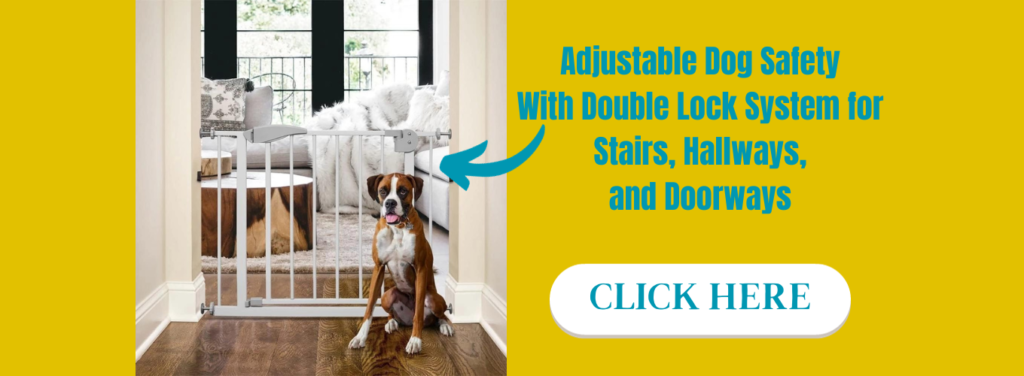
3. Popular Designer Dog Breeds: A Look at the Trendiest Canine Companions
Poodle Mixes: Labradoodles, Goldendoodles, Cockapoos, and more
If you’re looking for a low-shedding and hypoallergenic companion, Poodle mixes are a top choice. Labradoodles, Goldendoodles, and Cockapoos are just a few of the popular Poodle mixes out there. With their curly coats and friendly personalities, these designer dogs have won the hearts of many.
Small Breed Designer Dogs: Cavapoo, Maltipoo, Shihpoo, and more
For those who prefer pint-sized pooches, small breed designer dogs are the way to go. Cavapoos, Maltipoos, and Shihpoos are just a few examples of these adorable hybrids. These little bundles of joy are often known for their playful nature and affectionate personalities, making them fantastic companions for individuals or families living in apartments or smaller spaces.
Large Breed Designer Dogs: Bernedoodle, Sheepadoodle, Pomsky, and more
If you’re looking for a larger, more substantial furry friend, there are plenty of options among the large breed designer dogs. Bernedoodles, Sheepadoodles, and Pomskies are just a few examples of these trendy canines. With their striking appearances and gentle temperaments, they’re sure to turn heads wherever they go.
4. Selecting the Right Designer Dog Breed: Factors to Consider
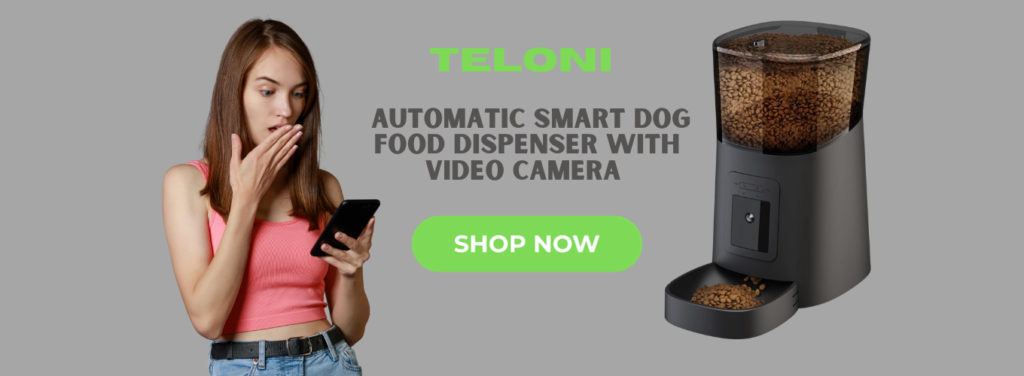
Lifestyle and Living Arrangements
Before diving headfirst into the world of designer dog breeds, it’s important to consider your lifestyle and living arrangements. Some breeds require more space and exercise, while others are perfectly content with a smaller living environment. Make sure to choose a designer dog breed that aligns with your daily routine and living situation.
Activity Level and Exercise Requirements
Every dog needs exercise, but the amount can vary between breeds. If you’re an avid runner or love spending time outdoors, a designer dog breed with high energy levels might be a great fit. On the other hand, if you prefer a more low-key lifestyle, there are breeds that require less exercise and are content with shorter walks or play sessions.
Grooming Needs and Maintenance
Grooming is an important aspect of dog ownership, and different breeds have different grooming requirements. Some designer dog breeds may need regular trips to the groomer to maintain their coats, while others may shed less and have lower grooming needs. Consider the time and effort you’re willing to dedicate to grooming when selecting a designer dog breed.
Remember, choosing a dog is a lifelong commitment, so take the time to thoroughly research and consider which designer dog breed is the best fit for you. These unique and trendy canines are sure to bring joy to your life, but ultimately, it’s all about finding the perfect companion to embark on life’s adventures with you!
5. Training and Care Tips for Designer Dog Breeds
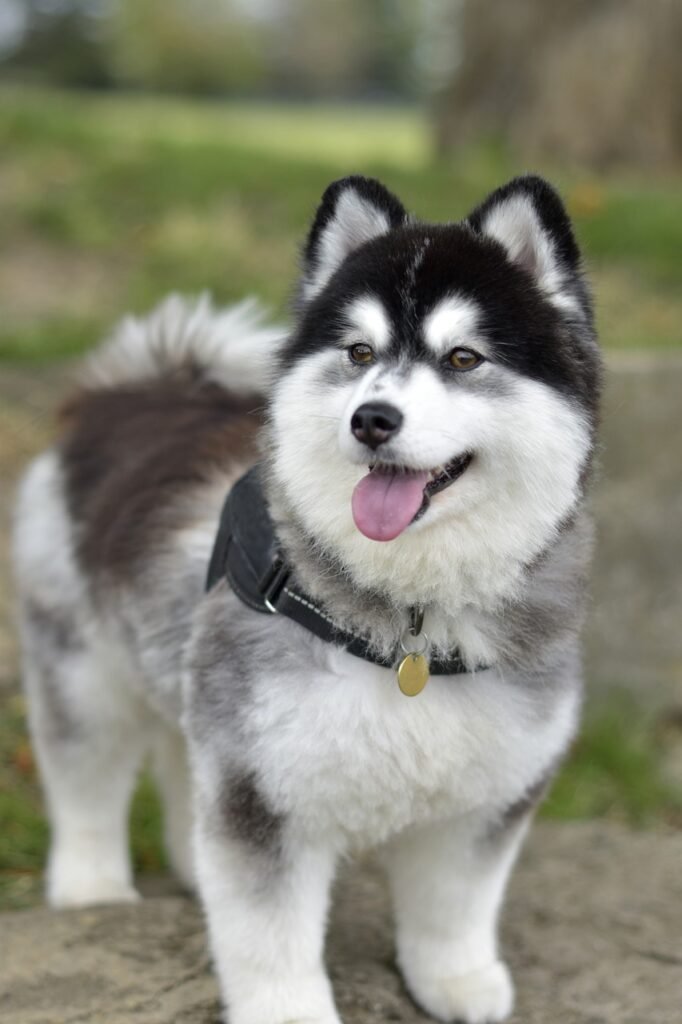
Positive Reinforcement Training Methods
When it comes to training your designer dog breed, positive reinforcement is the name of the game. These pooches respond well to rewards, treats, and lots of praise. So, forget about the outdated “rub their nose in it” approach and focus on using treats to encourage good behavior. Trust me, your designer dog will be more motivated by a tasty treat than a stern look.
Socialization and Obedience Training
Socialization is key for any dog, and designer breeds are no exception. They often have a mix of different breeds in their genes, so they might inherit various personality traits. Introduce them to different people, animals, and environments early on to ensure they grow up to be well-rounded social butterflies. And don’t forget about obedience training! Teaching your designer dog basic commands will make your life a whole lot easier and ensure they can show off their good manners to all of their admirers.
Exercise and Mental Stimulation
Designer dogs may be cute and cuddly, but they still need their daily dose of exercise and mental stimulation. Take them for walks, play fetch, or engage them in puzzle games to keep their minds sharp. A bored designer dog can quickly turn into a mischievous troublemaker, so make sure to keep them busy and entertained. Plus, the bonus is that you’ll also get some exercise in, which is always a win-win.
6. Health Considerations and Potential Concerns for Designer Dog Breeds
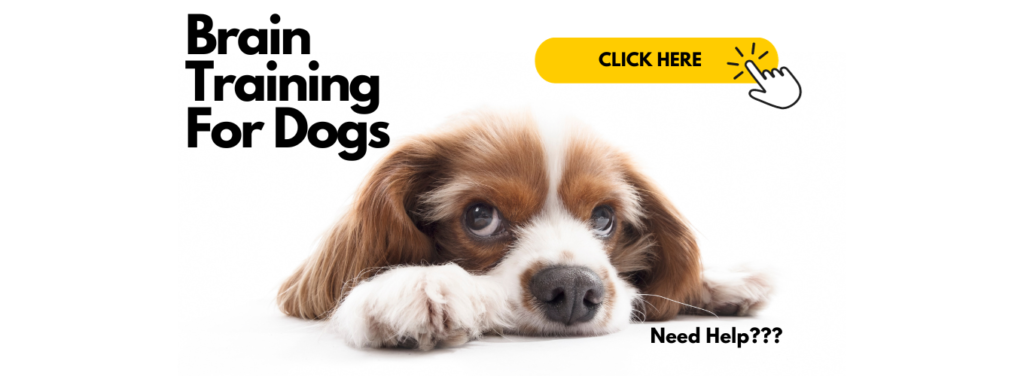
Genetic Health Issues in Designer Dog Breeds
Designer dog breeds can be prone to certain genetic health issues, thanks to their mixed breed heritage. It’s important to do your research and understand the potential health concerns for your specific designer dog breed. Some breeds may be more prone to joint problems, while others might have issues with their eyes or skin. Regular visits to the vet and early detection can help manage these health issues and ensure your pup lives a long and healthy life.
Regular Vet Check-ups and Preventive Care
Speaking of vets, regular check-ups are a must for your designer dog. Remember, prevention is key! Schedule those annual vaccinations, keep up with flea and tick preventives, and don’t forget about routine dental care. Your designer dog’s health is worth the extra time and effort, and their adorable faces will thank you for it.
Breeder Selection and Responsible Ownership
One of the biggest factors in ensuring the health and well-being of your designer dog is selecting a reputable breeder. Do your homework, ask for recommendations, and visit the breeders in person if possible. Responsible breeders prioritize the health of their dogs and will provide you with all the necessary information about genetic testing and health clearances. Remember, a cute puppy might melt your heart, but a responsible breeder will give you peace of mind.
7. The Controversy Surrounding Designer Dog Breeds: Pros and Cons
Arguments in Favor of Designer Dog Breeds
Proponents of designer dog breeds argue that their unique mixes can result in healthier dogs. The combination of different breeds can potentially eliminate some genetic health issues that purebred dogs are prone to. Furthermore, designer dogs often have desirable traits from each of their parent breeds, making them the perfect companions for specific needs or preferences.
Concerns and Criticisms of Designer Dog Breeds
Critics of designer dog breeds claim that the trend promotes unethical breeding practices and encourages irresponsible ownership. They argue that the focus on creating “designer” breeds detracts from the importance of rescuing and adopting dogs in need. Additionally, concerns exist regarding the unpredictability of designer dog breeds, as their traits may not be as consistent as those of purebreds.
8. Conclusion: Making an Informed Decision about Designer Dog Breeds
In the end, choosing a designer dog breed is a personal decision that requires careful consideration. Understanding the training and care requirements, potential health concerns, and the controversies surrounding these breeds is essential before making the leap. Remember, whether you choose a designer dog or opt for a rescue, what matters most is providing a loving and nurturing home for your furry friend. So, do your research, consult with professionals, and let your heart guide you to the perfect companion. And of course, don’t forget to shower them with belly rubs and plenty of treats along the way!
8. Conclusion: Making an Informed Decision about Designer Dog Breeds
As we conclude our exploration of designer dog breeds, it becomes clear that these trendy canine companions offer a delightful mix of charm, intelligence, and personality. However, it is crucial to approach the selection process thoughtfully and responsibly. Understanding the characteristics, health considerations, and training needs of designer dog breeds will help you make an informed decision that aligns with your lifestyle and preferences. Whether you choose a Labradoodle, Cavapoo, or any other designer dog breed, remember that responsible ownership and providing a loving home are key to creating a lifelong bond with your furry companion.
FAQ: Frequently Asked Questions
1. Are designer dog breeds hypoallergenic?
While some designer dog breeds, such as Labradoodles and Goldendoodles, are often advertised as hypoallergenic, it is essential to note that individual reactions to allergens can vary. While these crossbreeds may have a lower tendency to shed or produce less dander, it does not guarantee that they will not cause an allergic reaction in sensitive individuals. It is advisable to spend time with the specific breed or consult with breeders to assess any potential allergic reactions before bringing a designer dog breed home.
2. Is it necessary to groom designer dog breeds more frequently?
Designer dog breeds often inherit their coat characteristics from their parent breeds, which can vary widely. Some may have low-shedding, low-maintenance coats, while others may require regular grooming to prevent matting or manage their long hair. It is essential to research and understand the specific grooming needs of the designer dog breed you are interested in. Regular brushing, occasional haircuts, and nail trims are common grooming requirements for many designer dog breeds.
3. Can designer dog breeds be registered or participate in dog shows?
While designer dog breeds are not typically eligible for registration with official kennel clubs, such as the American Kennel Club (AKC), they can participate in various hybrid or designer dog events or competitions. These events are specifically organized to celebrate and showcase the unique qualities and talents of designer dog breeds. It is recommended to explore local clubs or associations dedicated to designer dog breeds to learn more about such events and opportunities for your furry companion.

